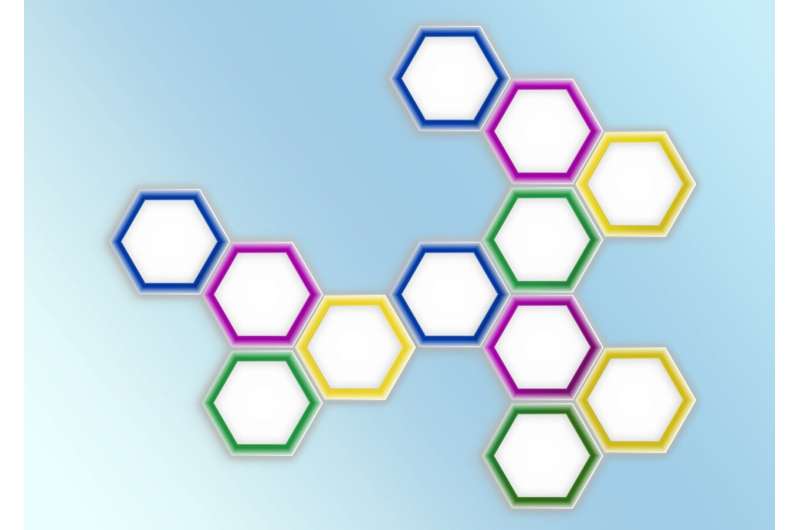Phys.org June 8, 2023
Researchers in the Netherlands demonstrated a solid-state quantum simulator emulating molecular orbitals, based solely on positioning individual cesium atoms on an indium antimonide surface. Using scanning tunneling microscopy and spectroscopy, combined with ab initio calculations, they showed that artificial atoms could be made from localized states created from patterned cesium rings. The artificial atoms served as building blocks to realize artificial molecular structures with different orbital symmetries. The corresponding molecular orbitals allowed them to simulate two-dimensional structures reminiscent of well-known organic molecules. This system serves as a versatile platform with which to emulate quantum chemistry on a surface and provides new ways to look at the interplay between structure and molecular orbital landscape with sub molecular precision… read more. TECHNICAL ARTICLE

Credit: Pixabay/CC0 Public Domain